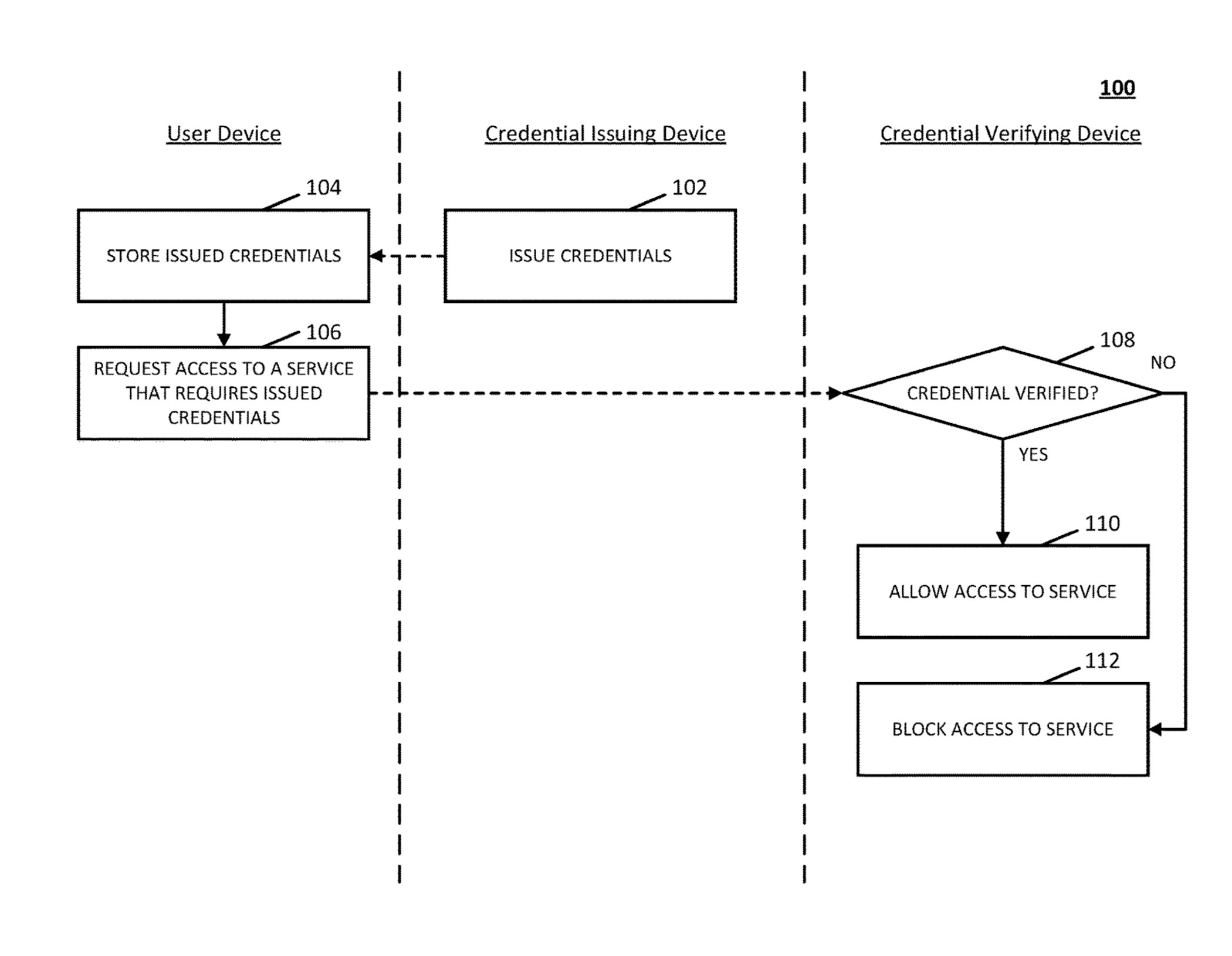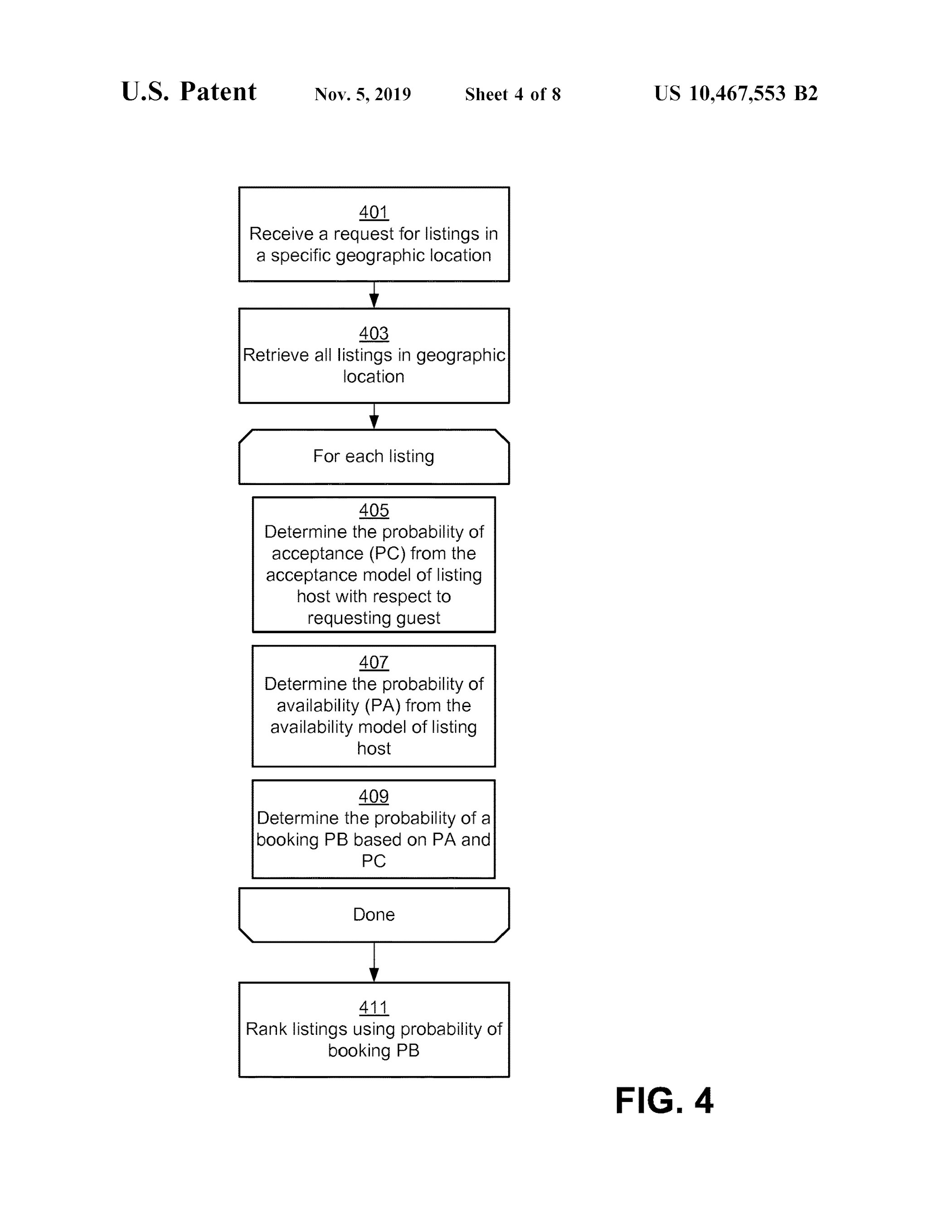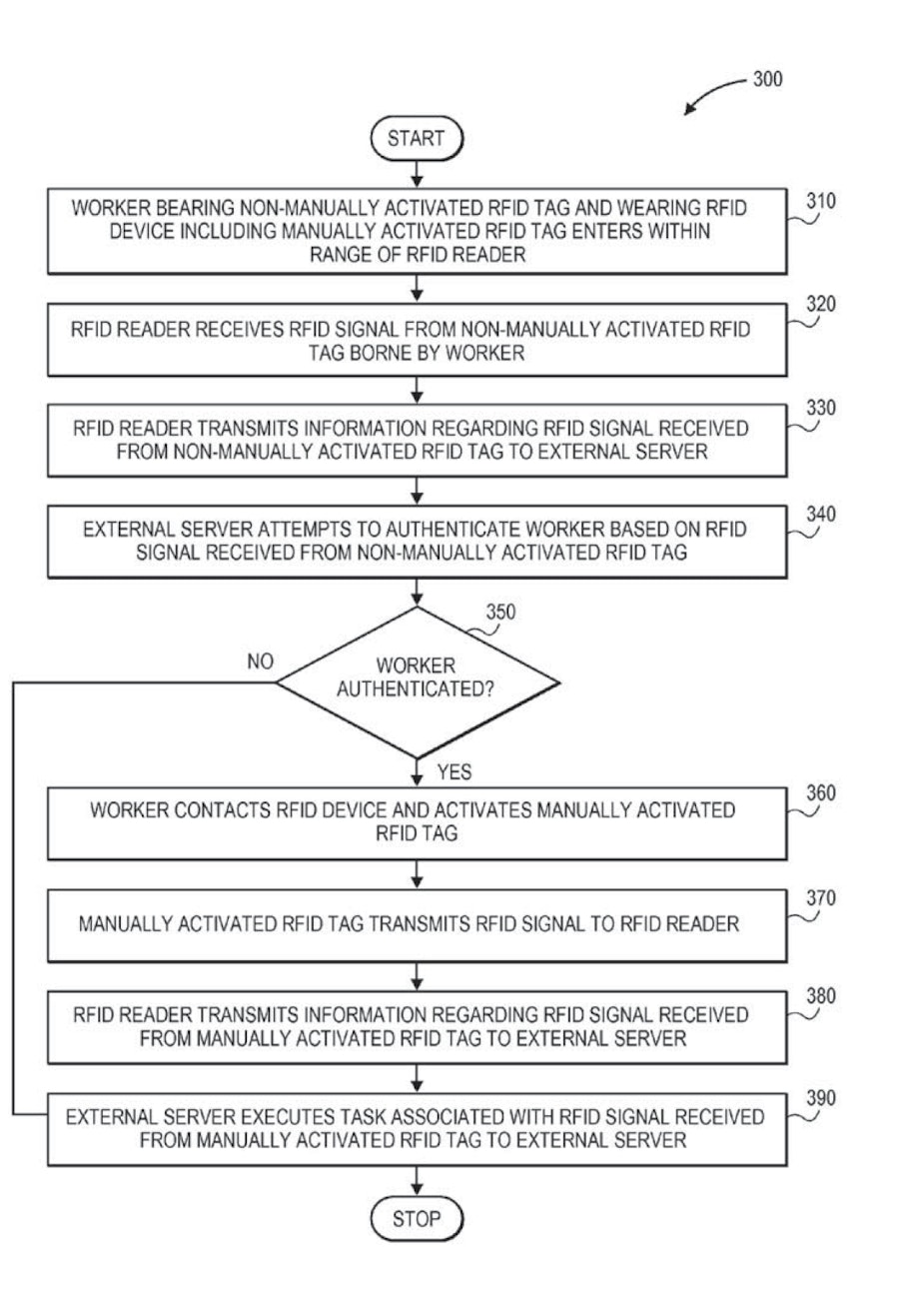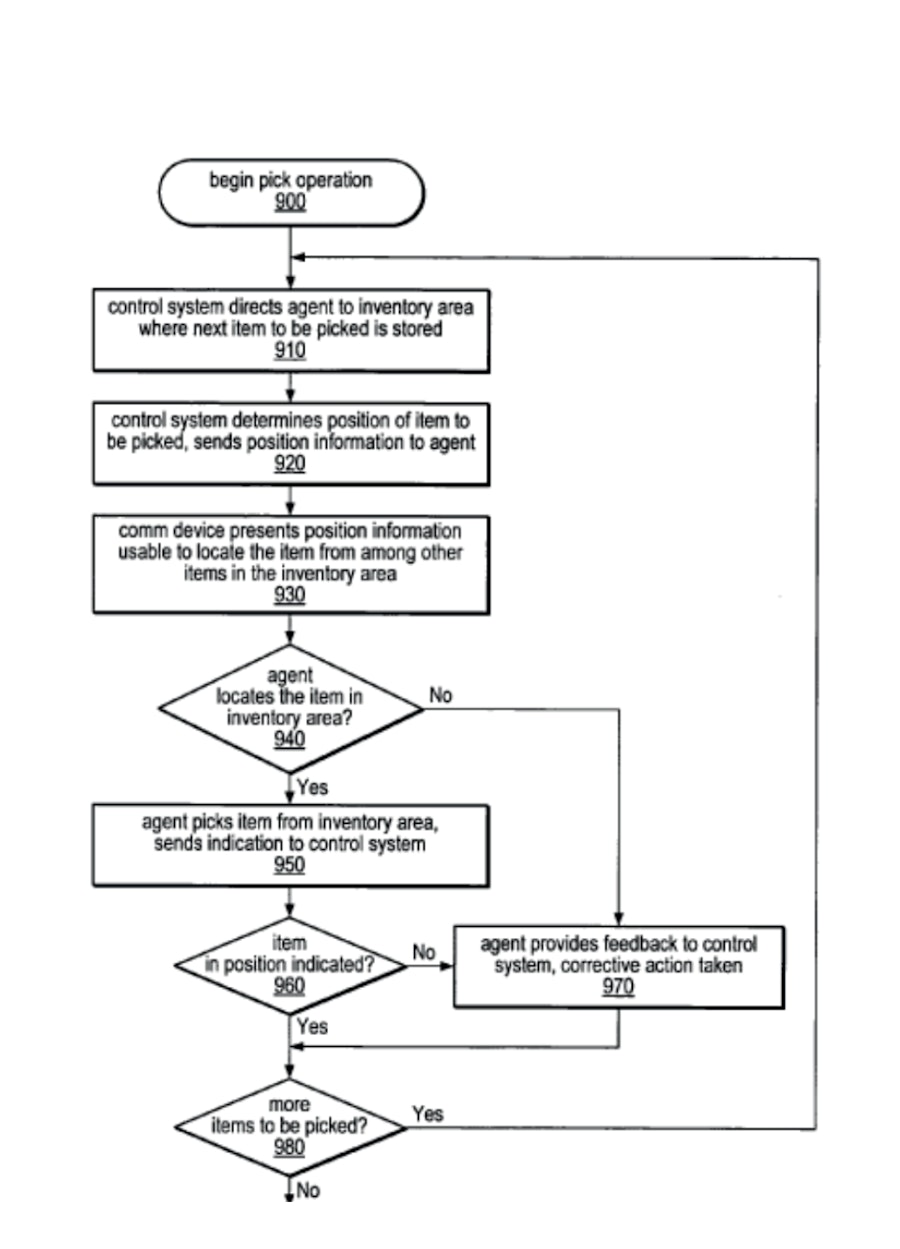By way of introduction, the following pieces of writing will explore particular features of platforms to try and highlight why and how they operate. To do this I will be focusing on the more mechanical and abstract elements of platforms as a way to help think through the concrete and temporal spaces they occupy. I’ll start with the seemingly incorporeal being, namely the algorithm. Lurking behind the rise of platforms lies the more banal role of the algorithm, which is defined as a set of instructions that detail a step-by-step method to solve a problem either iteratively or recursively. If we were to strip platforms to their bare bones, we’d find a complex web of mechanical procedures.
Take for instance finding a room on AirBnB. The process can be broken down into a series of units that describe the action: AirBnb receives a request for listings in a specific geographic location; AirBnB retrieves all listings in a geographic location; AirBnb determines the probability of acceptance for each listing; AirBnB determines the probability of availability; AirBnB then defines the probability of a booking based on both these outcomes. The result is a ranking list based on the probability of booking. Or take a worker being algorithmically reprimanded for missing a Deliveroo shift.[1] The system can be illustrated as: a worker reserves a shift in Deliveroo’s booking system; the worker cancels the reserved shift less than 24 hours in advance or misses their shift; the worker’s statistics are then penalised. Behind the platforms there is thus a highly functionalist design methodology where computation is used to solve a very narrow set of problems as a sequence of underlying steps.
At the same time, a process of mechanisation is at work where human activity is abstracted and turned into code. Philosopher Bernard Stiegler called this process grammatisation, where technologies record, separate and codify human activities. This concept’s history can be traced as far back as Upper Palaeolithic cave painting and was later seen during the Industrial Revolution, when the recording of workers’ manual gestures became objectified in machinery. It can also be seen today when binary code is used in central processing units to record everything that exists. Algorithms in this instance are not neutral machines; they turn bodies, motion, space, nature and time into abstractions that are made productive. Platforms use this logic of separation and breakdown of activity into smaller, manageable units to create new hierarchies by destroying old ones, in a process of creative destruction (or disruption in Silicon-Valley-speak). These technologies are then monopolised using legal and financial vectors.
In this process, platform algorithms become part of everyday environments, ordering, shaping and sequencing life in often invisible ways that are equally spatial. Working backwards, we may also be able to define the concrete and temporal spaces associated with the iterative processes of platforms that go beyond urbanism. Applying this algorithmic logic to the complex and planetary web of spaces, associated platforms may lead us from the domestic space of the bedroom to the hinterlands of warehouses, dark kitchens, ports or road infrastructures; to factories and spaces of production; to data centres and places of extraction such as rare mineral mines, to the power and energy grids underpinning this process. Demystifying a platform fetishism using its own algorithmic logic may go some way towards reopening the space of agency and defining areas of resistance, support, community and cooperation, pointing to a world beyond the contemporary incarnations of platforms that exist within the debris of today.

Patent by Sidewalk Labs for Biometric Access to Sidewalk Toronto Services. Patent provided by the European Patent Office. AMAZON TECH INC:; ROUAIX FRANCOIS M (2012). Position-based item identification in a materials handling facility (United States of America, US9741007B1) .

Patent by Airbnb for an algorithm to book a room. Patent provided by the European Patent Office.CHARKOV MAXIM; GUPTA SURABHI; AIRBNB INC. (2019) Re-ranking search results for location refining and diversity. (United States of America. US10303725B2).

Amazon patent breaking down algorithmic management of worker 'picking' items.Patent provided by the European Patent Office.LAUKA WESLEY SCOTT; RUSSELL RYAN SCOTT; AMAZON TECH INC. (2015) Wearable RFID Devices With Manually Activated RFID Tags. (United States of America. US2015379791A1).

Amazon patent breaking down algorithmic management of worker 'picking' items.Patent provided by the European Patent Office.AMAZON TECH INC:; ROUAIX FRANCOIS M (2012). Position-based item identification in a materials handling facility (United States of America, US9741007B1) .
Comments